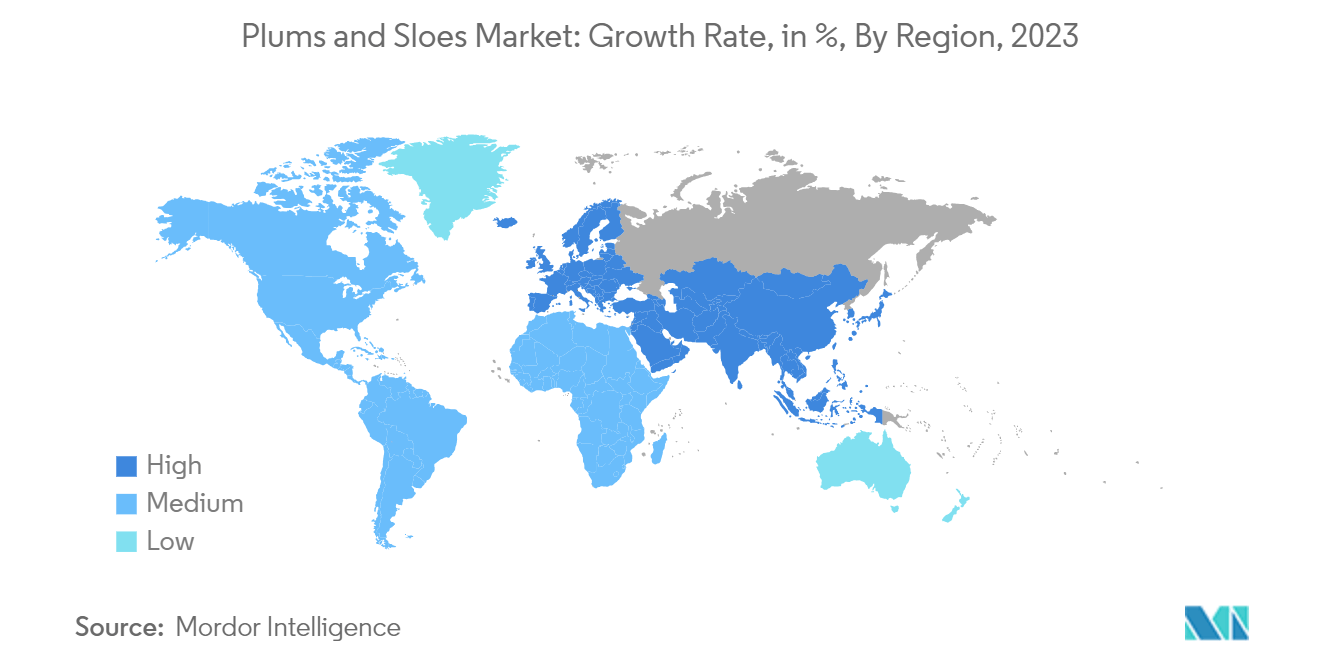Market Trends of Plums And Sloes Industry
Increasing Usage in Food and Beverage Industry
The food and beverage industry increasingly uses plums and sloes to produce juices, cocktails, flavored spirits, and liquors. These fruits' unique and rich flavors enhance beverages and drive their popularity. The craft beverage movement's demand for authentic and distinctive flavors further supports the use of plums and sloes. As consumers become more health-conscious, they worry more about artificial additives and preservatives in their beverages. This trend has led to a rise in using real fruits, including plums and sloes, as natural and organic flavoring ingredients.
Sloes primarily find their use in crafting sloe gin and other alcoholic drinks. The cultural importance of sloe gin, especially in the United Kingdom, underpins its production and sales. Notably, the growing sales of gin in the United Kingdom also support market growth. For instance, as per Office for National Statistics (UK) gin sales in the United Kingdom surged from USD 966 million in 2021 to USD 971 million in 2023, amplifying the market for sloe-related products.
Consumers seek new and exotic flavors in beverages that promote health while offering distinct tastes. Consequently, beverage companies are launching products featuring plum and sloe fruits, fostering market growth. For instance, Hernö Distillers launched Slow Sloe Gin, made from sloe berries aged in juniper wood casks, and it is available in select retailers across Sweden. The rise in health-conscious consumers further supports the market for beverages that incorporate fruit flavors.

Europe is the Fastest Growing Market
Europe has become the fastest-growing export market for plums and sloes, driven by the historical and cultural importance of these fruits in the region. This strong cultural connection is anticipated to maintain international demand for plums and sloes. Additionally, the study period saw a significant increase in exports from countries in the region. For instance, Spanish exports of plums and sloes rose from USD 133 million in 2022 to USD 143 million in 2023, according to the ITC trade map. This increase in exports is anticipated to boost the plums and sloes market in the coming years.
Furthermore, the region's growing production is also enhancing the export market. FAOSTAT data shows that European production of plums and sloes increased from 2.7 million metric tons in 2021 to 2.8 million metric tons in 2022. This growth trend is projected to continue, particularly with the introduction and rising demand for new varieties. For example, Malling Fruits, the marketing brand for NIAB’s fruit varieties, along with FP Matthews, a leading UK fruit propagator, launched the 'Malling Elizabeth' plum variety at the Fruit Focus event in Kent. This early-season variety offers exceptional eating quality. Therefore, Europe's increasing export potential for plums and sloes, supported by cultural significance, rising production, and the introduction of new varieties, is projected to drive market growth during the forecast period.


